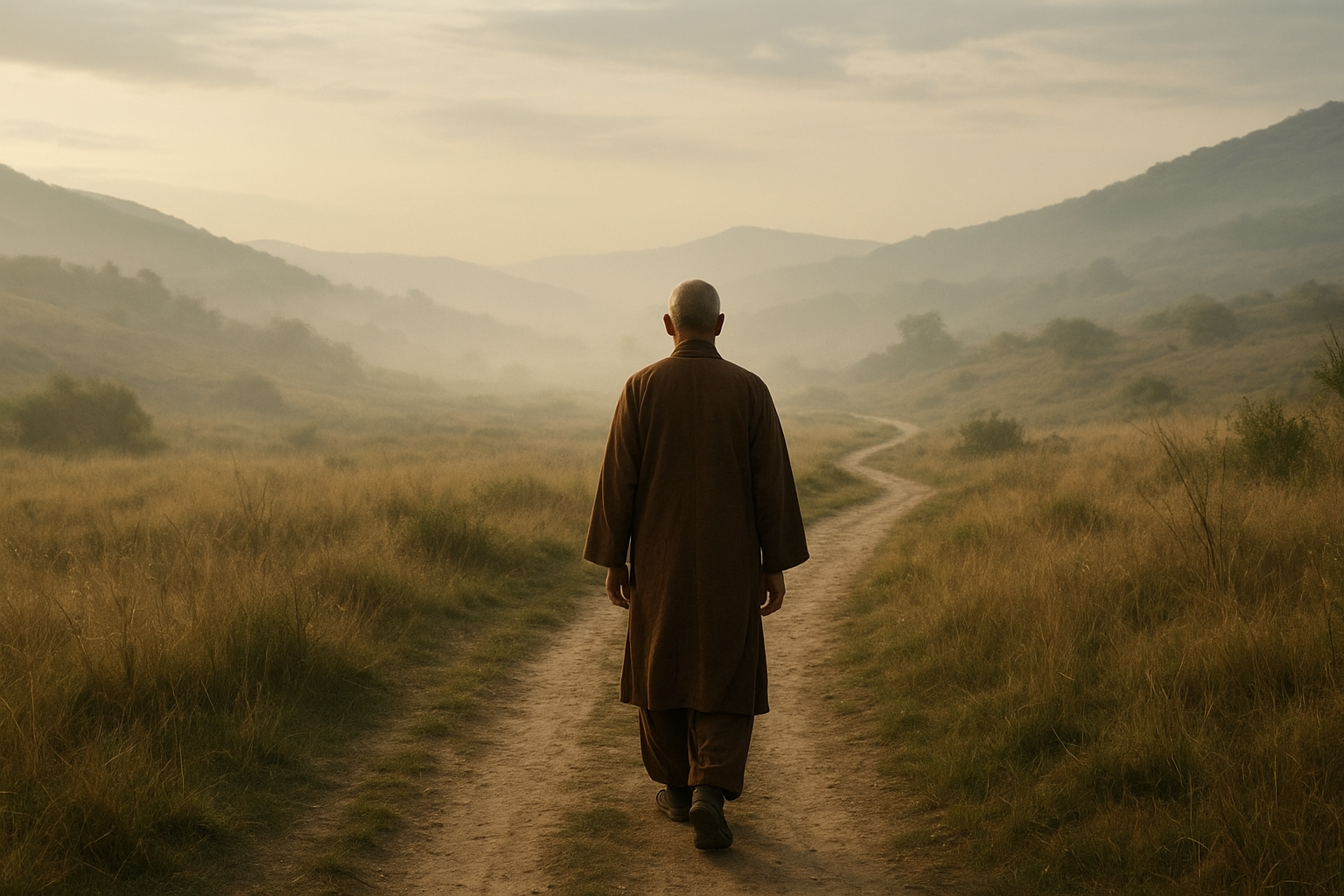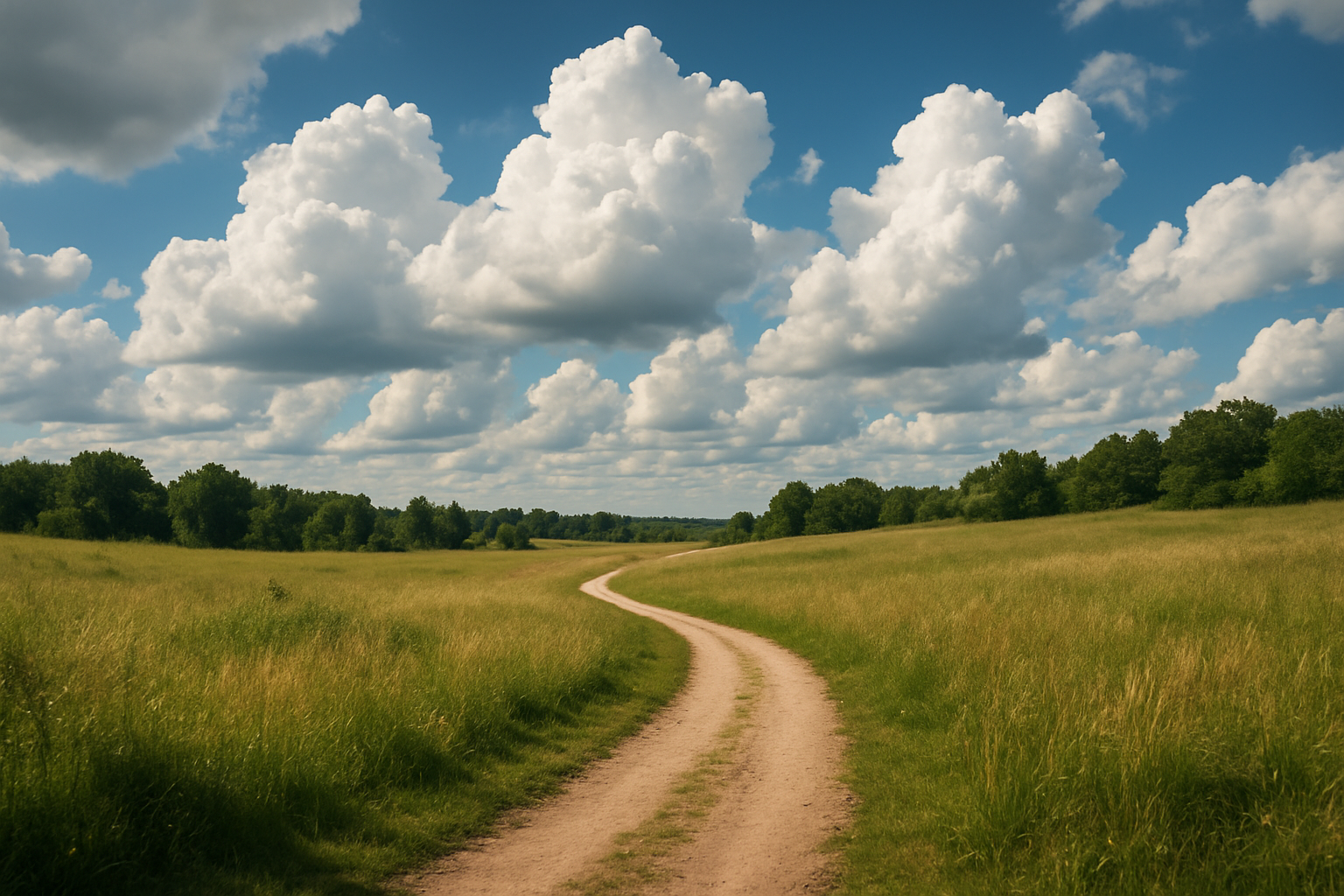The open road has long been a muse for transformation and self-discovery. As we traverse new landscapes, the journey often reflects an inner metamorphosis, where each step taken in the outer world echoes a stride within. Whether it’s navigating bustling cities or serene countrysides, the experience of travel holds a mirror to our internal landscapes, revealing truths and sparking change.
The Call to Adventure
Joseph Campbell’s monomyth, or “The Hero’s Journey,” aptly describes travel as a call to adventure—a crucial step that ignites the transformative process. Campbell writes,
“A hero ventures forth from the world of common day into a region of supernatural wonder: fabulous forces are there encountered and a decisive victory is won: the hero comes back from this mysterious adventure with the power to bestow boons on his fellow man.”
As travelers, we become heroes of our own stories, answering the call and facing the unknown.
Embracing the Unknown
Travel thrusts us into situations that demand adaptability and courage. The uncertainty of a new destination mirrors life’s inherent unpredictability, forcing us to relinquish control and embrace spontaneity. An unplanned detour or a missed train becomes an opportunity to practice patience and resilience. As we overcome obstacles, we gain confidence in our ability to navigate life’s uncertainties.
Reflection and Growth
Each destination serves as a canvas for reflection. When removed from familiar environments, we gain perspective on our lives, fostering introspection. The act of travel slows our perception of time, granting us the space to consider our values and aspirations more deeply. As we witness diverse cultures and hear varied stories, our worldview expands, reshaping our understanding of not only others but ourselves.
The Return Home
Upon returning home, the traveler is invariably changed. New experiences alter perception, allowing us to return to our daily lives with fresh insights. As John Steinbeck once noted, “People don’t take trips, trips take people.” The journey imprints itself on our psyche, leaving us with lessons and memories that enrich our lives long after the suitcases are unpacked.
Conclusion
In the end, travel is more than just a physical voyage; it’s an odyssey of the soul. Every journey undertakes a symbiotic dance, where outer explorations mirror inner quests. As we traverse new horizons, we unravel layers of our own identity, ultimately emerging as more complete versions of ourselves. The path may be winding and the destination unclear, but therein lies the beauty of both travel and transformation.
For a deeper exploration into the transformative power of travel, consider reading more about The Hero’s Journey by Joseph Campbell and other insights by notable thinkers.


